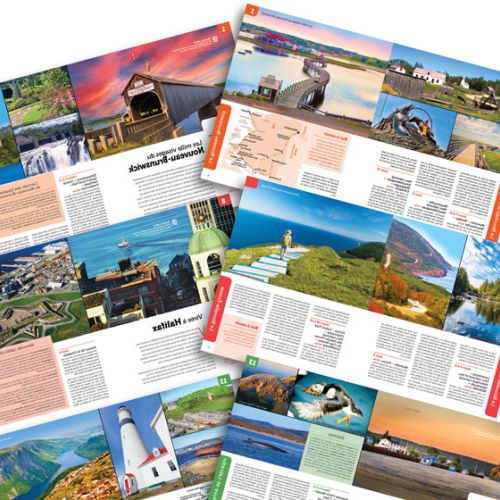Minimalist Photography: Understanding And Mastering This Type Of Photo In 5 Questions
Perhaps you are a fan of minimalism in interior design... But have you ever tried minimalist photography? This very clean photographic style is one of the most effective ways to highlight the central subject of the image. We will explain how to succeed in this type of photography in 5 questions.
1- What is minimalist photography?
In photography, as in decoration or other fields, minimalism is characterized by the extreme simplicity of the image. Practicing minimalist photography involves taking clean shots where only the elements essential to understanding the scene appear in the frame.
To achieve this highly sober aesthetic, bordering on austerity, one must avoid an overabundance of information, colors, and patterns in the image. This type of shot generally conveys a sense of serenity.
But be careful: this apparent simplicity is not necessarily easy to achieve! Minimalist photos are not "simplistic" images. On the contrary, they require thought in the choice of subject and technique to obtain a striking image.
2- How to take a minimalist photo?
The secret to taking a minimalist photo lies in selecting and isolating the main subject of the image. This type of shot should convey a direct message to the viewer, unpolluted by other background elements.
To achieve this result, you can use different techniques:
• Using a neutral background, usually white or light, on which the silhouette of the main subject will stand out.
• Using negative space, that is, the empty space around your main subject. This blank space, like a cloudless sky or a pristine snowy landscape, is a good way to delineate your subject and highlight it.
• A balanced composition that respects the famous rule of thirds or breaks it to better draw the viewer's attention to the main subject.
• Using a shallow depth of field to blur the background and focus on the main subject. If there is light behind your subject, you can even achieve a bokeh effect (that artistic blur that transforms light sources into luminous circles in the background).
3- What are the tips for making a photo minimalist?
As there aren't many things to look at in a minimalist photo, special attention must be paid to the choice of the main subject and the composition of the image.
In this style of shots, you need to choose an interesting subject and draw the viewer's attention to it. It is usually a silhouette or an object that stands out against a neutral background: a lighthouse at the end of a pier, the silhouette of an animal emerging from the mist, or a boat against a frozen sea backdrop, for example...
Since a minimalist photograph is very stripped down, it is also very important to ensure that each element of the image appears sharp and well-defined. The lines and perspectives must be precise.
The essence of the image is determined at the moment of shooting, with the choice of composition and framing. However, photo editing in post-processing can also help refine a minimalist image. A good tip is to edit your photos to convert them from color to black and white and to exaggerate the contrast between the main subject and the negative space around it.
4- Is a minimalist photo necessarily in black and white?
We often see minimalist black and white photos on the internet. It is true that black and white photography lends itself well to this style of refined images. It particularly allows for highlighting lines and contours through contrast.
Moreover, some photographers believe that color distracts from the form. This is why they favor shades of gray or sepia in their minimalist images.
However, a minimalist photograph is not necessarily in black and white. Color can be an advantage in this type of photo when it helps draw attention to the main subject, such as an object or a natural element like a flower or an insect, for example.
5- In which field can one take minimalist photos?
Contrary to what one might sometimes imagine, the minimalist style does not only apply to landscape photography. Calm environments like the desert, mountains, or beach are not the only places where you can draw your inspiration.
If you train your eye, you can find sources of inspiration all around you. It is indeed possible to have a minimalist approach in the field of wildlife and underwater photography, fashion photography, and even product photography.
In all these fields, minimalism allows you to focus the viewer's gaze on what really matters: the animal captured in the moment, the clothing and its details, or the product you want to showcase.












